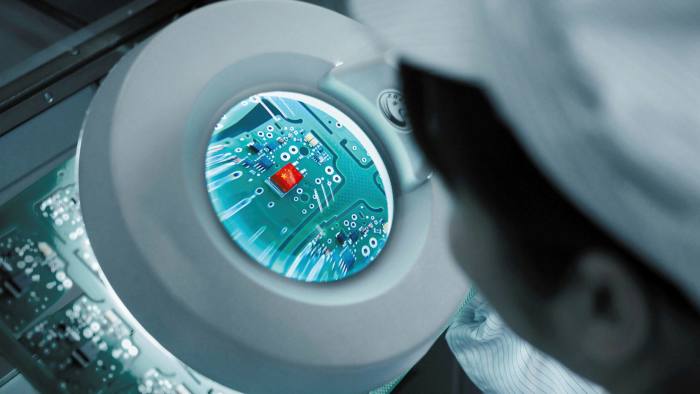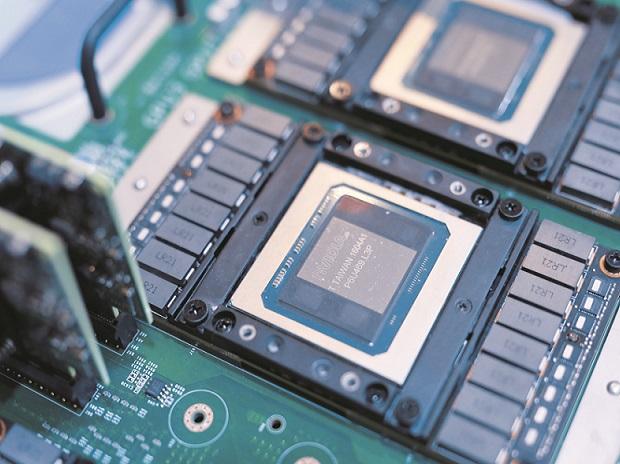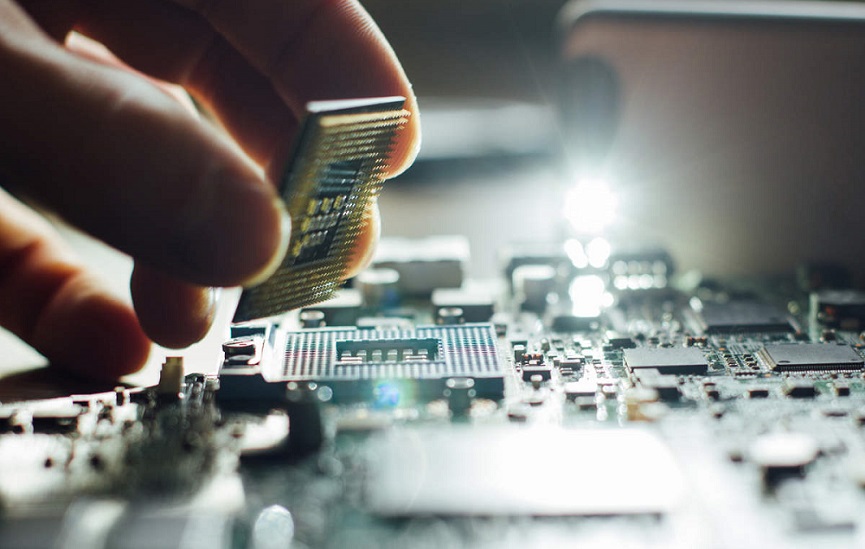Samsung Electronics Co. and SK Hynix Inc. will lead more than 510 trillion won of investment in semiconductor research and production in the years to 2030 under a national blueprint devised by President Moon Jae-in’s administration. They’ll be among 153 companies fueling the decade-long push, intended to safeguard the nation’s most economically crucial industry. Moon got a briefing from chip executives on the initiative Thursday during a visit to the country’s most advanced chip factory, a Samsung plant south of Seoul.
Samsung is boosting its spending by 30% to $151 billion through 2030 while Hynix is committing $97 billion to expansion at existing facilities in addition to its $106 billion plan for four new plants in Yongin, co-Chief Executive Officer Park Jung-ho said during the event.
“Major global competitors are pressing ahead with massive investment to be the first to take the future market,” Moon said in a speech. “Our companies have been taking risks and innovating as well and have completed preparations for tumultuous times.”
The effort comes at a time when the U.S., China and the European Union seek to shore up their semiconductor capabilities after a global chip shortage exposed a reliance on just a handful of Asian manufacturers and hobbled efforts to repair pandemic-scarred economies. The shortages are now spreading from autos to smartphones and displays, elevating semiconductors onto the agendas of governments from Washington to Brussels and Beijing.

At stake is a technology fundamental to groundbreaking advances from artificial intelligence to autonomous vehicles and connected homes. South Korea, a security ally of the U.S. and a major exporter to China, has been walking a tightrope between the two while bolstering its own production prowess. Semiconductors account for the largest share of South Korea’s exports and chip exports are expected to double to $200 billion by 2030, the Ministry of Trade, Industry and Energy said.
The Korean government will incentivize its domestic industry with tax breaks, lower interest rates, eased regulations and reinforced infrastructure, hoping to see its chipmakers make up the distance from the global leaders, the ministry said. The government will also secure adequate water supply for the next 10 years in the targeted region and reinforce power supplies, both essential to advanced chipmaking factories.
Korea’s blueprint echoes efforts underway around the world. President Joe Biden wants to dedicate $50 billion to U.S. semiconductor research and production, part of an overall ambition to safeguard America’s supply chains. And China has earmarked hundreds of billions of dollars toward developing its own chipmaking industry, wary of reliance on Western-designed imports.

South Korea also aims to attract additional foreign investment in advanced technology. Dutch semiconductor equipment maker ASML Holdings NV signaled it intends to spend 240 billion won to build a training center in Hwaseong while California-based Lam Research Corp. plans to double its capacity in the country, the ministry said.
“South Korea is essentially beckoning global suppliers to come and work with its homegrown chipmakers so it can build an ecosystem on its soil rather than see them relocate to the U.S. and elsewhere,” said Kim Yang-paeng, semiconductor analyst at the Korea Institute for Industrial Economics and Trade. “Broadening its investment to foundries and logic chips also guarantees that it has something to fall back on should anything go wrong with the memory chip industry that it’s dominant in.”
In terms of direct contributions, the country wants to help train 36,000 chip experts between 2022 and 2031, contribute 1.5 trillion won toward chip research and development and will start discussing legislation tailored to assist the semiconductor industry.
According to leaderpost.com















